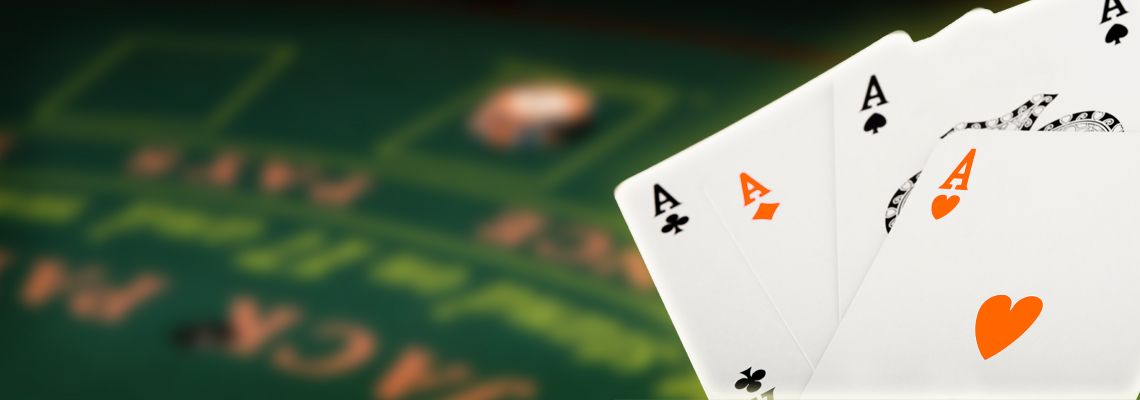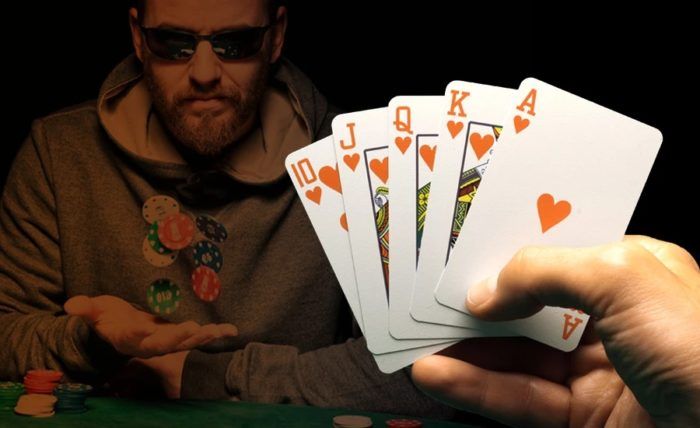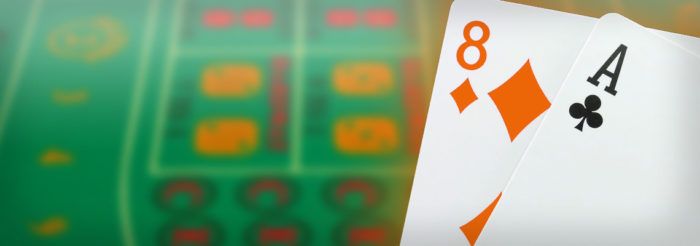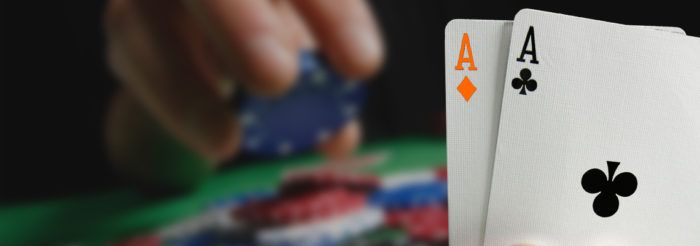How to Play Blackjack – Beginners’ Guidelines
Learning how to play blackjack is simple. For a first timer, it’s probably the best casino game to get started with. The house only has a small advantage, and a basic understanding of the game’s strategic elements is important for all players at the table.
Okay, maybe you’ll never be Rain Man, but blackjack is one of the few games you can gain a thorough understanding of relatively quickly. This blackjack guide will explain the rules, odds, and lingo, helping you get to grips with one of the most glamorous games around.
History
Blackjack is thought to have originated in the casinos of 18th century France. It was known as ‘vingt-et-un’ and, although there were a number of differences in terms of rules and gameplay, it was strikingly similar to the modern game. Blackjack was introduced to North America in the 1800s, and after Nevada legalised gambling in 1931, its popularity skyrocketed. Today, it’s one of the most popular games in casinos all across the world.
Blackjack Rules
Blackjack rules are simple, but you’ll need a thorough grasp of them before you sit down to play! The aim of the game is to beat the dealer’s hand by having a hand whose value exceeds theirs, while not exceeding 21.
For everyone learning how to play blackjack, it’s vitally important that you understand the value of each card in the deck. Cards numbered from two to 10 have face value, while Jacks, Queens, and Kings have a value of 10. It’s worth remembering that in blackjack, suits have no meaning.
Aces are the wildcard! They can be valued at either one or 11 – whichever gives you better odds of winning. If your ace is valued at 11, you have what is called a hard hand, whereas if the ace is valued as a one, you have a soft hand. Over the course of the round a hard hand may turn into a soft hand, depending on the cards which are subsequently dealt.
At the start of the game you’ll be dealt two cards. The dealer will also be dealt two cards, although only one of them will be face up. Depending on the value of your hand, as well as the value of the dealer’s hand, you will decide to either stand, receiving no more cards, or hit, receiving another card.
Players can also choose to double down, doubling their bet and receiving an extra card. If your hand is really awful you can surrender, forfeiting half your wager. If you’ve been dealt a pair of cards, you can choose to split the pair. Each hand will receive another card, and you’ll need to make another wager for the new hand.
The dealer will then reveal his cards, and whoever’s value is closest to 21 wins.

Blackjack Basic Strategy
Make no mistake, blackjack is a skill game, and an understanding of blackjack basic strategy is absolutely vital for any player.
By understanding when to hit, stand, split, or double down, players can improve their blackjack odds, reducing the house advantage to just 0.5%. In fact, players always have a slight advantage over the dealer in that they can choose whether to stand, hit, double down, or split – the dealer doesn’t have this option! In addition, players have the option of standing on hands valuing 12 to 16, whereas the dealer must hit, increasing their chance of a bust.
Remember, before you make your next move, you should always consider the value of the dealer’s card. Is the value of his card good – two through to six – or bad – seven through to ace? You’re playing against the value of the dealer’s card, not the other players at the table, so working out the dealer’s odds of making blackjack is just as important as working out your own.
Now, let’s explore some of the basic tenets of blackjack strategy.
From odds to betting, a strong grasp of the blackjack basics is absolutely vital for any successful player.








